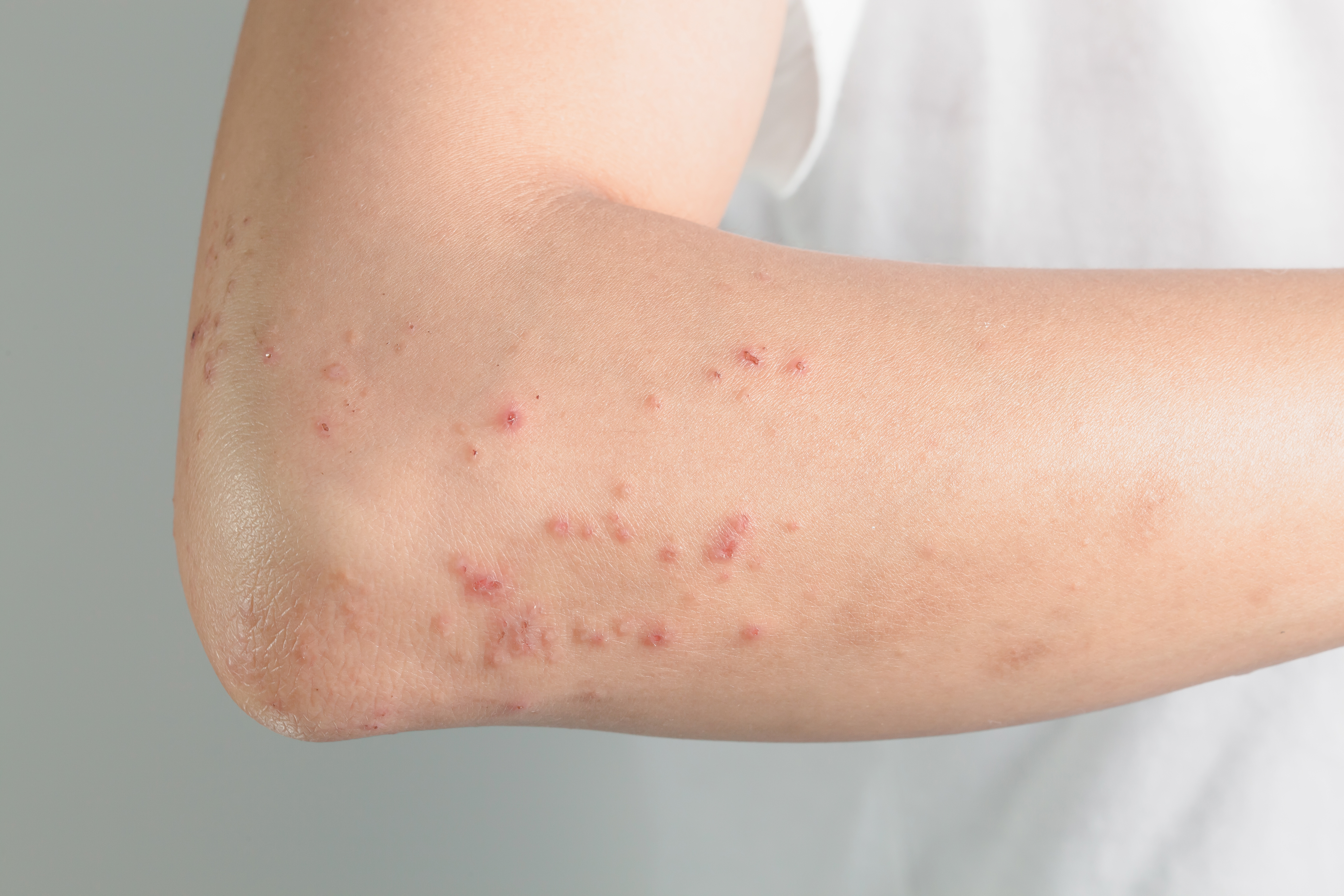Shingles, or herpes zoster, is a viral infection caused by the chickenpox virus that most commonly affects older adults and people with weak immune systems. When the virus that causes chickenpox reactivates, it causes shingles.

Shingles, or herpes zoster, is a viral infection caused by the chickenpox virus that most commonly affects older adults and people with weak immune systems. When the virus that causes chickenpox reactivates, it causes shingles.
Shingles develops in stages:
Prodromal stage (before the rash appears)
Active stage (rash and blisters appear)
Postherpetic neuralgia (chronic pain stage)
Shingles may be confused with other conditions that cause similar symptoms. The rash from shingles may be mistaken for an infection from herpes simplex virus (HSV), poison oak or ivy, impetigo, or scabies. The pain from PHN may feel like appendicitis, a heart attack, ulcers, or migraine headaches.
DIAGNOSIS
Doctors can usually identify shingles when they see an area of rash around the left or right side of your body. Your doctor may order herpes tests on cells taken from a blister if a diagnosis of shingles is not clear.
RECOMMENDED MEDICATIONS
If there is reason to think that shingles is present, your doctor may not wait to do tests before treating you with antiviral medicines. Medicines can help limit the pain and discomfort caused by shingles, shorten the time you have symptoms, and prevent the spread of the disease. Medicines also may reduce your chances of developing shingles complications, such as postherpetic neuralgia (PHN) or disseminated zoster.
Medicine choices
Medicines to treat shingles when the rash is present (active stage) may include:
Medicines to treat postherpetic neuralgia pain may include:
If prescription medicines don’t help control your pain, you may need to see a pain specialist about other ways to treat PHN.
Overview and FactsTypes and SymptomsDiagnosis & MedicationsOverview and Facts Referred pain is a phenomenon where pain is perceived at a [...]
Overview and FactsTypes and SymptomsDiagnosis & MedicationsOverview and Facts Quinoline yellow is a synthetic food colorant commonly used in the [...]
Overview and FactsTypes and SymptomsDiagnosis & MedicationsOverview and Facts Pneumothorax is a condition characterized by the presence of air in [...]